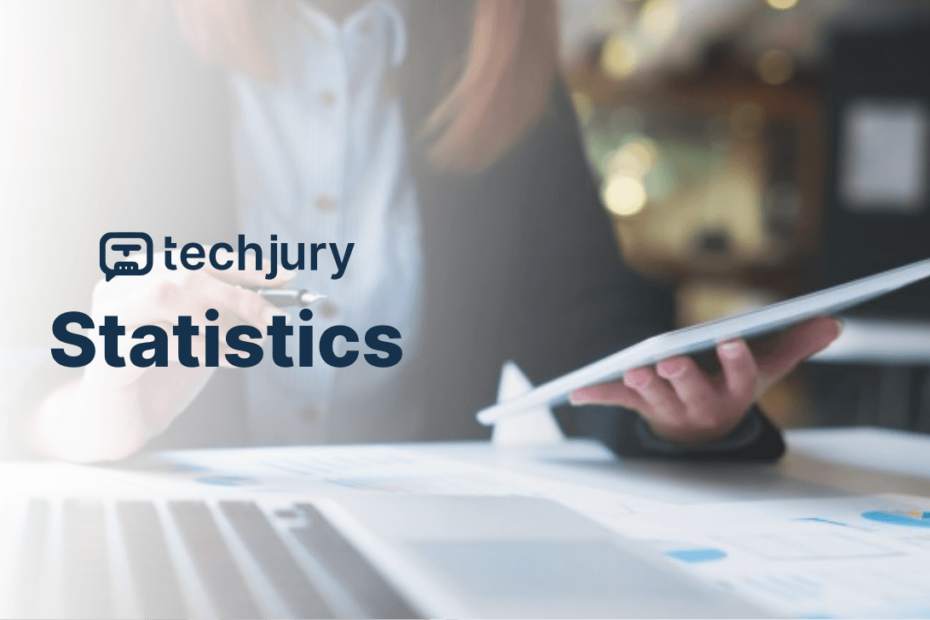Understanding the Technological Revolution
Imagine standing at the precipice of a technological transformation so profound that it fundamentally reshapes how businesses understand, predict, and create value. This isn‘t science fiction—it‘s the current reality of data analysis in 2024.
As a technology specialist who has witnessed multiple waves of digital innovation, I‘ve observed how data analysis has evolved from a niche technical discipline into a critical strategic asset. Today‘s data landscape is no longer about collecting information; it‘s about transforming raw data into actionable intelligence that drives organizational success.
The Evolutionary Journey of Data Analysis
From Descriptive to Predictive Intelligence
Twenty years ago, data analysis primarily involved looking backward—understanding what had already happened. Businesses would compile historical reports, create static dashboards, and make incremental decisions based on lagging indicators. Today, we‘ve entered an era of predictive and prescriptive intelligence, where advanced algorithms can forecast future trends with remarkable accuracy.
Modern data analysis represents a quantum leap in technological capability. Machine learning models can now process complex datasets, identify nuanced patterns, and generate insights that were previously impossible to extract. These aren‘t just incremental improvements; they represent a fundamental reimagining of how organizations understand information.
Technological Convergence: The New Paradigm
What makes contemporary data analysis truly revolutionary is the convergence of multiple technological domains. Artificial intelligence, cloud computing, edge technologies, and advanced statistical modeling are no longer separate disciplines—they‘ve become an interconnected ecosystem that generates unprecedented insights.
Consider how quantum computing is transforming computational capabilities. Where traditional computers process information sequentially, quantum systems can simultaneously evaluate multiple potential outcomes. This isn‘t just faster processing; it‘s an entirely new approach to complex problem-solving.
The Global Technology Ecosystem
Regional Innovation Landscapes
Different global regions are approaching technological innovation with unique perspectives. North American technology centers like Silicon Valley continue to drive AI and machine learning research, emphasizing breakthrough innovations. Meanwhile, Asian technology hubs—particularly in China and Singapore—are focusing on rapid, scalable implementations that prioritize practical application over theoretical exploration.
European technology strategies demonstrate a more measured approach, with significant emphasis on ethical considerations and robust regulatory frameworks. This approach ensures technological development remains aligned with broader societal values, creating a more sustainable innovation model.
Investment Trends and Market Dynamics
Global technology investments are experiencing unprecedented growth. According to recent market research, enterprise investments in advanced data technologies are projected to exceed \$250 billion annually by 2025. This represents not just financial commitment but a strategic recognition that data-driven insights are now fundamental to organizational competitiveness.
Advanced Methodological Frameworks
Machine Learning‘s Evolutionary Trajectory
Machine learning has transitioned from an experimental technology to a core business intelligence tool. Contemporary ML models demonstrate extraordinary capabilities:
Predictive accuracy has reached remarkable levels, with some specialized models achieving over 95% reliability in complex forecasting scenarios. Natural language processing algorithms can now understand contextual nuances, generating human-like insights from unstructured data sources.
Ethical Considerations in Technological Development
As technological capabilities expand, so do the ethical considerations surrounding their implementation. Responsible technology development requires a multidimensional approach that balances innovation with potential societal implications.
This means creating transparent algorithmic decision-making processes, developing robust bias mitigation strategies, and establishing comprehensive governance frameworks that protect individual privacy while enabling technological progress.
Practical Implementation Strategies
Organizational Transformation Guidelines
For businesses seeking to leverage advanced data analysis technologies, success requires more than technological investment. It demands a holistic approach that encompasses:
Continuous Learning Culture: Develop robust upskilling programs that keep technological talent engaged and updated.
Flexible Technological Infrastructure: Create modular, adaptable systems capable of rapid integration and evolution.
Strategic Data Governance: Implement comprehensive policies that ensure data quality, security, and ethical usage.
Emerging Technological Frontiers
The Next Wave of Innovation
Looking beyond 2024, several emerging technologies promise to reshape the data analysis landscape:
Neuromorphic computing, which mimics human brain structures, could revolutionize machine learning approaches. Quantum machine learning algorithms might solve computational problems currently considered intractable. Decentralized AI systems could democratize advanced computational capabilities.
The path forward isn‘t without complexity. Organizations must simultaneously manage:
- Rapid technological obsolescence
- Complex regulatory environments
- Cybersecurity threats
- Talent acquisition challenges
- Ethical technology development
Yet, for those prepared to embrace continuous learning and maintain technological agility, these challenges represent extraordinary opportunities for transformation.
Conclusion: Embracing Technological Potential
Data analysis in 2024 represents more than a technological discipline—it‘s a strategic approach to understanding our increasingly complex world. By maintaining curiosity, embracing ethical considerations, and developing adaptable technological frameworks, organizations can transform data from a passive resource into an active strategic asset.
The future belongs to those who can see beyond current limitations, who understand that today‘s technological boundaries are merely tomorrow‘s starting points.
About the Author
[Your Professional Bio Placeholder]A technology strategist with extensive experience in data analysis, artificial intelligence, and digital transformation, specializing in translating complex technological concepts into actionable business strategies.
